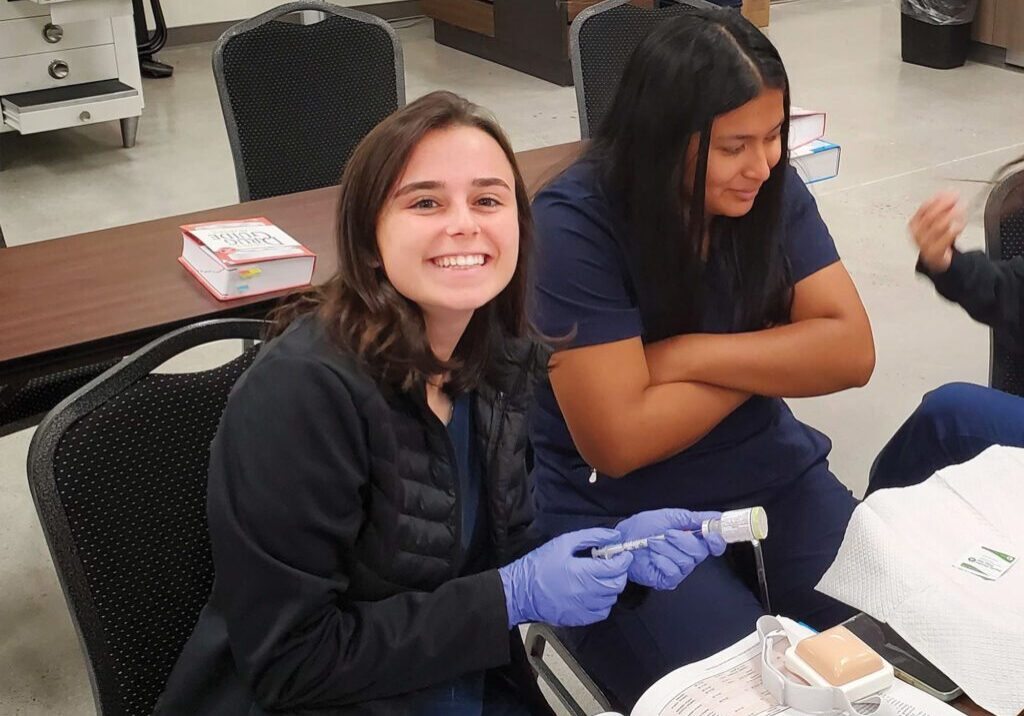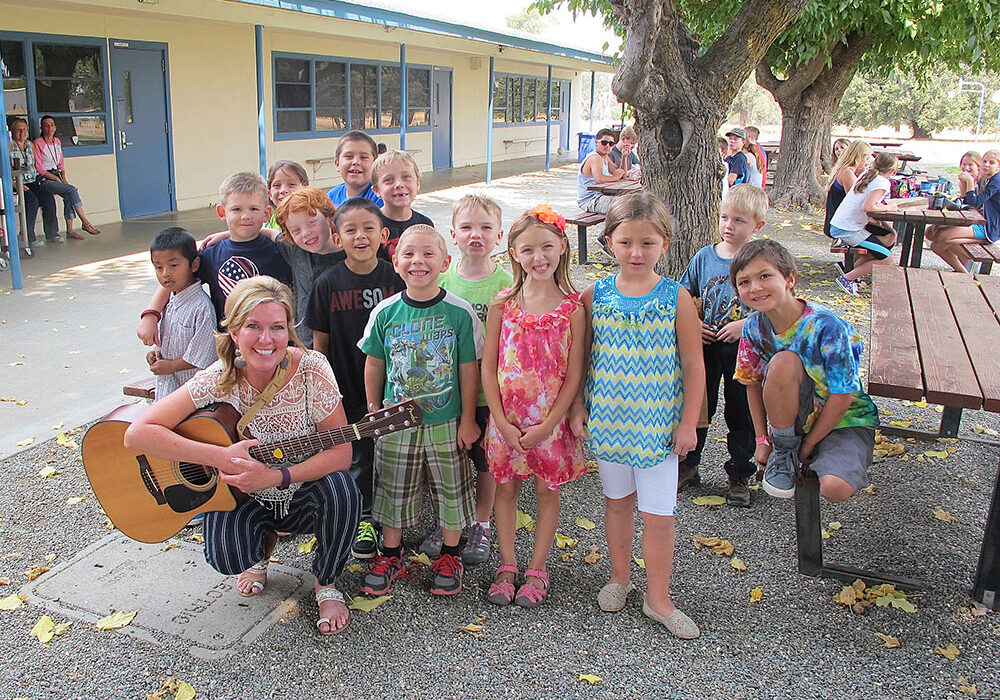 Sitting with a small group of second graders, listening as each took a turn reading aloud, it struck me how reading came so easily for some and with such difficulty for others.
Sitting with a small group of second graders, listening as each took a turn reading aloud, it struck me how reading came so easily for some and with such difficulty for others.
When it was John’s turn, his reading was slow and filled with guesses based on the context or shape of the word. Breaking apart sounds in unknown words was a huge challenge, and he was clearly relieved when his turn was over. I knew John was a bright student, excelling in other areas of learning, and yet obviously struggling with reading and spelling. What was going on?
I heard explanations such as “he’s just slow to blossom,” “he’s not trying hard enough,” and “give him some time and he’ll catch up,” along with suggestions like, “he needs to focus” and “he needs to practice twenty minutes of reading aloud every day.” But by the end of the year, John was still struggling. I decided to delve deeper into why a bright child might struggle with reading, spelling and writing, and here is what I learned.
What is the most common reason for reading struggles?
Dyslexia is the most common reason a bright child will struggle with reading. It is a neurologically based learning disability that affects the phonological area of the brain, making reading, spelling and writing very challenging. According to the International Dyslexia Association (IDA), 15 to 20% of people in the U.S. have a reading disability, and of those, 85% have dyslexia. Because dyslexia is genetically based, if a parent struggled with reading, then their child has a much greater likelihood of struggling as well.
What are the common characteristics seen in dyslexia?
Dyslexia is characterized by a unique pattern of weaknesses and strengths, explains Dr. Sally Shaywitz in her book, Overcoming Dyslexia. Dyslexia is “an isolated weakness in getting to the sounds of words, while surrounded by an array of strengths in thinking and reasoning.” This simple model, known as the sea of strengths model, is critical for helping recognize the signs of dyslexia.
Common weaknesses include:
- slow, laborious oral reading
- inability to sound out unknown words
- extreme difficulty with spelling
- weak memory for lists, directions or facts
Common strengths include:
- ability to think “outside of the box”
- ability to recognize patterns and trends
- creative problem-solving ability
- gifted in athletics, dance, music, art, and design
What causes dyslexia?
Susan Barton, developer of Bright Solutions for Dyslexia, explains that dyslexia results from a neurological difference in the phonological area of the brain. Research has shown that the brain of a dyslexic reader has a larger right hemisphere than that of a non-dyslexic reader. That may explain why people with dyslexia often have significant strengths in areas controlled by the right side of the brain. In addition to this unique brain architecture, people with dyslexia also have unusual “wiring.” Neurons are found in unusual places in the brain, and they are not as neatly ordered as in non-dyslexic brains.
Functional MRI studies have shown that non-dyslexic readers consistently activate three areas of the brain when reading: the frontal region (Broca’s area), the parieto-temporal region, and the occipito-temporal region. In contrast, dyslexic readers primarily activate just one area when reading, the frontal region. It is therefore assumed that people with dyslexia are not using the most efficient parts of their brain when they read. The IDA states that dyslexia is not due to either lack of intelligence or desire to learn. The capacity to learn successfully is in place – we simply need to teach the necessary skills in a different way.
How can you help?
Provide effective reading instruction: Although dyslexia is a lifelong condition, research has proven that many of the associated weaknesses can be remediated. Research funded by the National Institutes of Health found that early intervention actually alters the pathways in the brain and increases the activity in the area that automatically recognizes words. Simply put, with the right kind of intervention, dyslexia may actually be correctable.
According to the International Dyslexia Association, the right kind of intervention is an Orton-Gillingham–based approach that teaches reading and spelling in an explicit, systematic, and multisensory manner. Ideally, this instruction is given one-on-one during the school day or with a private tutor after school, at a pace that is uniquely suited to that student.
Recognize the early warning signs: During the preschool years, watch for signs such as delayed speech, difficulty associating letters with sounds, difficulty recognizing words that rhyme, mixing up of sounds within a word (aminal for animal), and the inability to sound out an unknown word. Granted, many non-dyslexic children may exhibit one or two of these signs, but if you begin to see a cluster of signs that interfere with learning, especially if combined with a family history of reading difficulty, experts suggest you talk to your child’s teacher about your concerns.
In order to help struggling readers like John, the first step is for both parents and professionals to learn to correctly identify dyslexia. More than thirty years of research has shown what dyslexia looks like, and just as importantly, what it does not look like. With the right kind of intervention and support, the weaknesses can be overcome, and eventually, these gifted students will be equipped to soar and accomplish great things.
Learn & share the facts about dyslexia: Dyslexia is not an outdated term, it is not a label that will damage a child, and it is not something a child will outgrow. If we learn to correctly identify children with dyslexia, encourage their strengths and remediate their weaknesses, we can start to solve the problem in the early years before the struggles begin.
Some helpful resources include:
- Bright Solutions for Dyslexia/Susan Barton website; http://www.dys-add.com.
- International Dyslexia Association website; http://www.interdys.org.
- The Yale Center for Dyslexia & Creativity website; www.dyslexia.yale.edu.
- Overcoming Dyslexia (book) by Dr. Sally Shaywitz.
Posted in: Education, Health & Nutrition
Comment Policy: All viewpoints are welcome, but comments should remain relevant. Personal attacks, profanity, and aggressive behavior are not allowed. No spam, advertising, or promoting of products/services. Please, only use your real name and limit the amount of links submitted in your comment.
You Might Also Like...
Learning Beyond The Books: 5 Skills Smart Kids Need
Raising smart kids isn’t about “teaching to the test,” it’s about building brainpower. Kids who can seek information, connect ideas, and apply what they’ve learned aren’t just book-smart, they are […]

Growing Up Fit – Family Fitness, Age by Age
Growing Up Fit Family Fitness, Age by Age Childhood may seem to move at a faster pace these days, but children don’t. New research from the American Heart Association shows […]

A Gateway to Health Care: Glenn County Medical Assistant Program Is a Game-Changer
Health care careers are more than jobs—they’re opportunities to make a difference. As health care continues to be a cornerstone of our communities, the need for skilled professionals is more […]

Small Schools Offer Big Benefits
Bigger isn’t always better. With less than 100 students enrolled at their comfortably sized campuses, Bend Elementary School and Monarch Learning Center are proving that smaller schools are, in fact, […]



